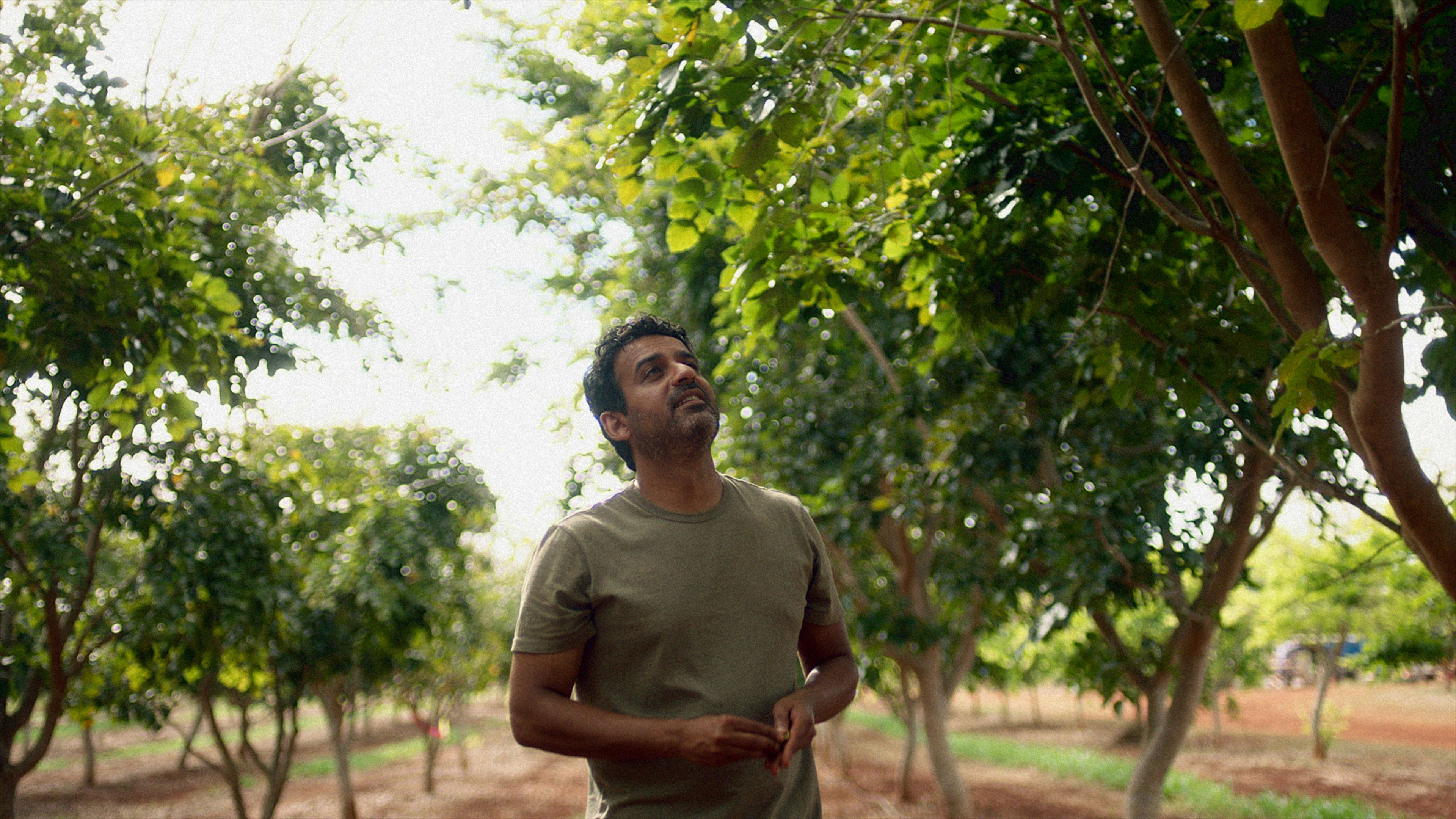On a former sugarcane plantation in Oahu that was abandoned for decades, rows of trees now grow in the degraded soil. The trees—called pongamia—aren’t new to Hawaii. But a company called Terviva is the first to farm them, after discovering a way to process the trees’ beans to make them into food.
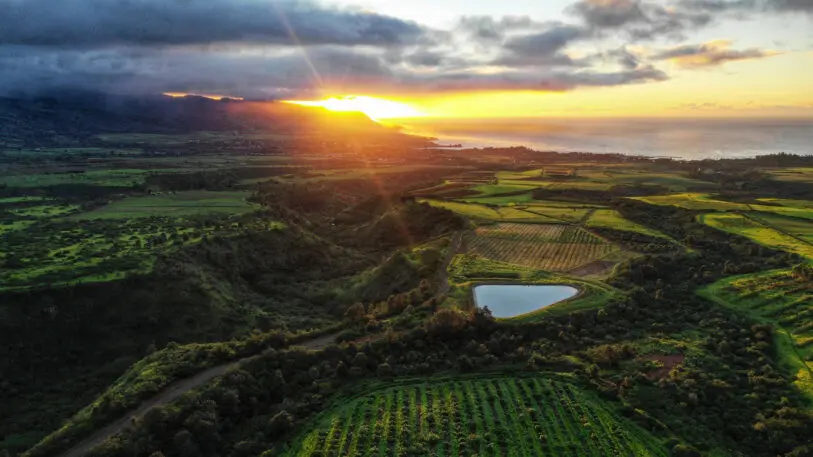
Oil and protein from the beans could help partially replace both palm oil and soy, two of the world’s largest drivers of deforestation. Palm oil hidden in products like ice cream and pizza dough has helped destroy nearly 25 million acres of forest in Indonesia and brought orangutans to the brink of extinction. Soy grown to feed cattle and pigs has felled swaths of the Amazon rainforest. Pongamia, by contrast, can bring trees back to areas that were previously cleared.
“We effectively sink carbon when we grow on that land because we’re reforesting that land with these trees,” says Naveen Sikka, Terviva’s founder and CEO. “We get carbon credits for what we do.”
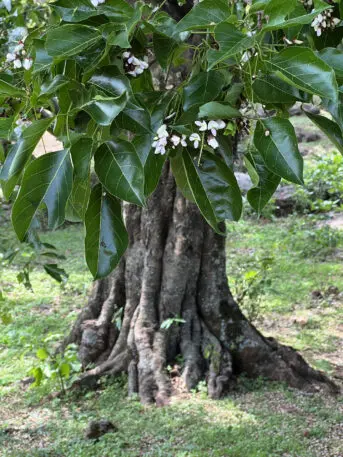
Sikka first started researching the trees as a graduate student more than a decade ago, exploring how the oil in pongamia beans could be used to make biofuel. As his startup was launching, the biofuels market crashed. But he was simultaneously considering how the crop could be used for food. The oil has a long history of use—in India, it’s been used in oil lamps and varnish, for example. But because the beans are naturally bitter, they weren’t eaten.
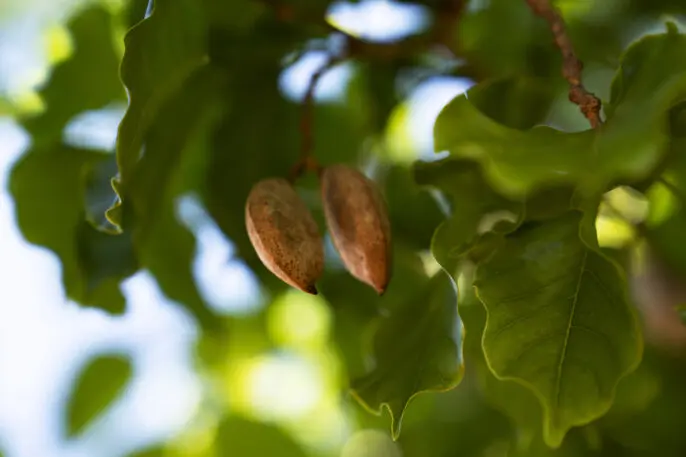
At first, the team thought it might only be possible to make the protein in the beans into animal feed. But as they studied what made the beans bitter, they discovered a simple way to process them to remove that bitterness. The resulting oil, which the company calls Ponova, is rich in Omega-9 fatty acids, like olive oil. It’s also about 25% saturated fat, giving it a buttery mouthfeel. In the first product to use the oil, a limited-edition plant-based protein bar from Aloha made with other ingredients grown in Hawaii, the oil gives a “light, full richness” to the bar, Sikka says. In products like plant-based meat, it could partially replace coconut oil; because it has a lower fat content, the end products would be healthier.
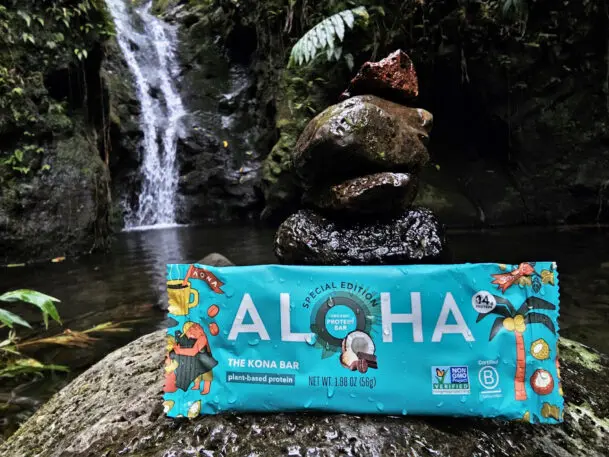
Because the tree is unusually resilient and can grow on degraded land with few resources—some people have dubbed it a “supertree”—it could eventually compete with low-cost palm oil. “When we use degraded agricultural land that’s inherently low-value, and when we use low inputs, we’re inherently lowering the cost of production,” Sikka says. “Then the biology of the tree allows us to make a lot of beans per acre, and so you get a lot of yield on a small land base.”
While it takes around four years before newly planted trees can be harvested, once production begins, the trees can produce as much oil per acre as palm trees, and produce as much as four times more per acre than soy farming. The company tested dozens of different wild pongamia varieties to find the trees that would be most productive.
The trees, which adapted for drought in the wild, grow with little water. And unlike most crops, they can also capture nitrogen from the air so they need little fertilizer. The carbon footprint is lower than any other plant-based oil, Sikka says. If you add in the fact that the trees capture carbon (one tree can capture around a metric ton of CO2 over its 30-year life), the carbon footprint drops even more. It’s an outlier in the global food system, which is responsible for around a quarter of greenhouse gas emissions.
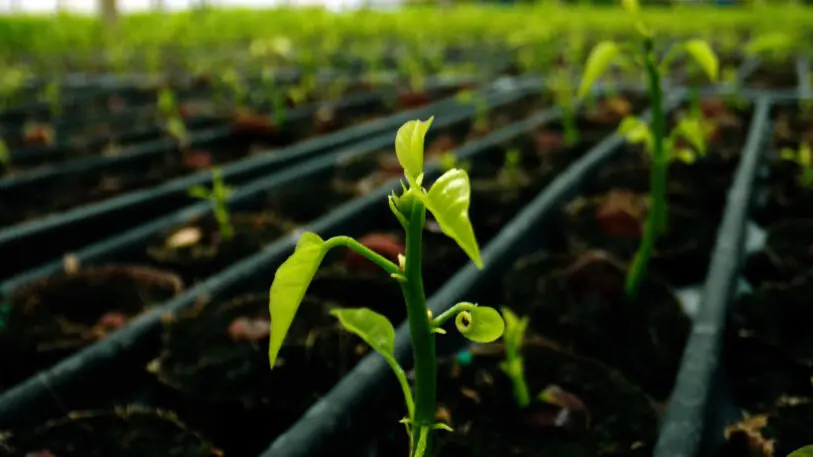
The company is developing two other ingredients from the protein in the beans: a flour and a concentrated protein that could be used in plant-based meat. It also plans to sell biofuel while the market for the new foods is still developing.
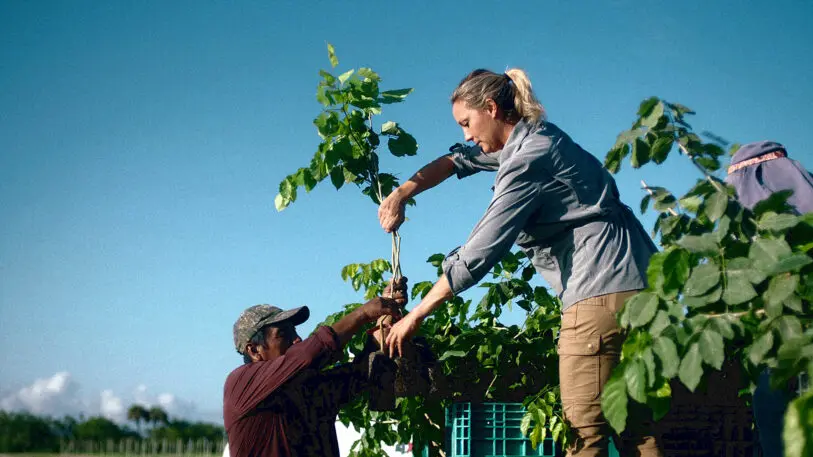
There’s a large amount of degraded or abandoned land available where the crop could grow. In Florida, the company is working with citrus farmers who lost their trees in a disease that destroyed the local orange industry. “Farmers have to be careful before they try something new,” Sikka says. “So, frankly, to adopt a new crop, you have to work somewhere where farmers have fewer alternatives.”
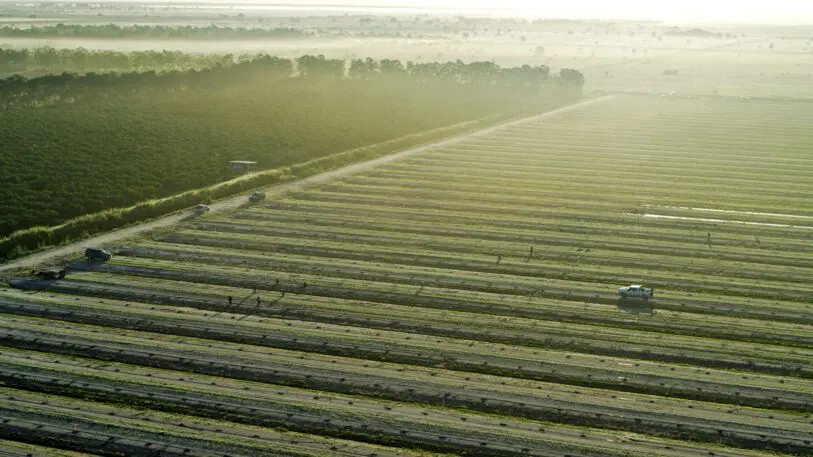
While crops like soybeans are grown in relatively few places, Terviva wants to work with farmers around the world—both to make supply chains more resilient and to bring new economic opportunity to struggling farmers. When we spoke, Sikka was in India, visiting a village where locals have been gathering the beans from wild trees and where more orchards of the trees will soon be planted. The beans are being harvested now, and the company expects to buy 30 to 40 tons from the community. At $500 a ton, in a place where people live on $1 a day, the new market can be life-changing, he says. The company also will soon begin working in drought-stricken parts of Australia and on degraded land abandoned by the palm industry in Indonesia.
It’s not possible to fully replace the massive palm oil industry, Sikka says, or soybean farming. But the company aims to have 500,000 acres of pongamia in the ground by 2030, and 10 million acres planted by 2040, enough to replace around 15% of soybean production. “What we can do is stop the expansion of it as dramatically as it is, right? We’re out of land for soybeans, and [farmers are] going to chop down rainforests to grow it. And that,” says Sikka, “is what we don’t want to see happening.”
Correction: An earlier version of the story stated that the product could be carbon negative. The company clarified that it has the potential to be carbon negative in the future, but isn’t yet.
Recognize your brand’s excellence by applying to this year’s Brands That Matter Awards before the early-rate deadline, May 3.
